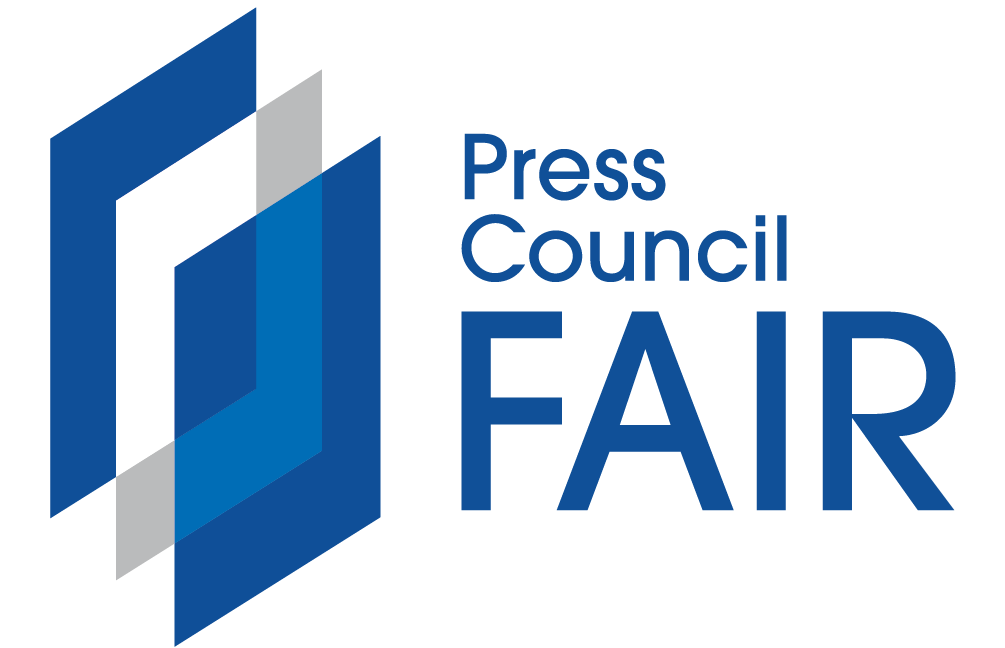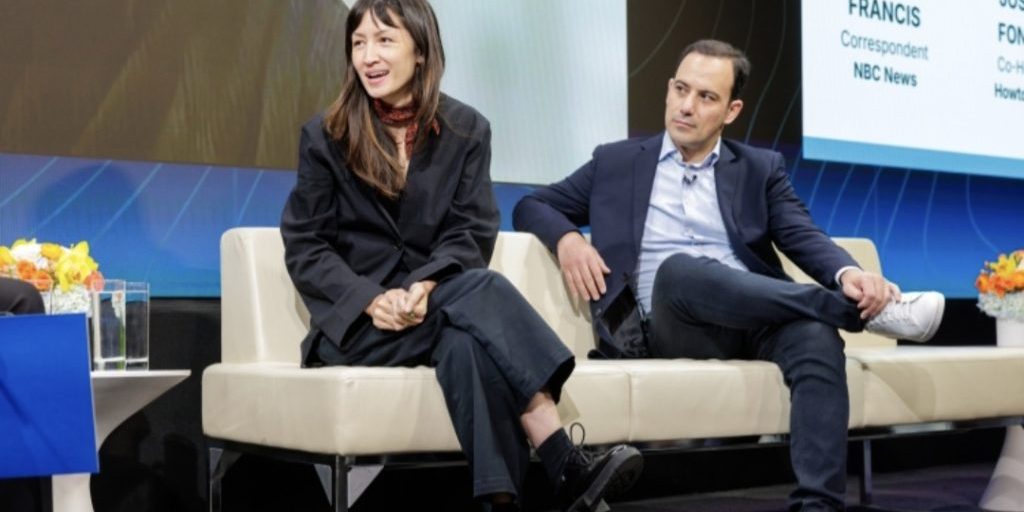European Media Freedom Act: the solution to capture?
PICTURE: Mihis Alex/Pexels
As the EU pushes new media freedom standards, the threat of media capture is persistent across Europe. This op-ed analyses the threat, examining how governments manipulate media through control of public service media and regulatory bodies, ownership structures, and state advertising, and what measures are needed to safeguard editorial independence.
2025 will be a defining year for media freedom in Europe. Populist parties are on the rise, smearing, threatening and delegitimising independent media, shamelessly spreading disinformation, and relentlessly undermining Europe’s most basic democratic principles.
At the same time, the new United States government demands the effective dismantlement of the Digital Services Act, the EU’s cautiously constructed regulatory framework to improve the on-line information space controlled by the all-powerful platforms.
2025 is also the year the European Commission rolls out new legislation designed to protect media pluralism and editorial independence, in the form of the European Media Freedom Act (EMFA).
It will come fully into force this August, but whether the legislation has sufficient teeth to protect journalism in Europe, is yet to be seen.
Media Capture in Europe
At the heart of EMFA are tools designed to stop media capture by national governments. Media capture primarily revolves around four key elements:
- the political takeover of public service media
- the political takeover of media regulators
- the misuse of state funds, such as advertising, to reward allies and punish critics in the media, and
- enabling political allies to buy up and control the private media
It is often accompanied by a toxic political discourse targeting journalists who dare to hold the government to account.
Hungary has the most advanced form of media capture in the EU, and increasingly, governments are seeking to emulate its practice. Slovakia’s government, led by Robert Fico, has made no secret of such ambitions as it advanced on all four main elements of media capture in 2024.
In July, it closed the public service media, RTVS, and relaunched it under a new legal entity, STVR, enabling it to fire the Director General and replace the supervisory board members with political allies.
It piled pressure on independent media by threatening to withdraw state advertising, singling out the leading private news channel, TV Markiza, for special attention.
Its business allies at Penta Investments expanded its media assets, which act as cheerleaders for the ruling SMER government, to take a dominant position in the print sector. And it has proposed restructuring the media regulator to place all decision-making power in the hands of an executive chair appointed by parliament.
Andrej Babis is threatening similar actions should he regain power in the Czech elections later this year. Babis already has form in this area having used his own media assets to further his political ambitions and spent much of his premiership seeking to tame the public media.
He has since been forced to sell his Mafra media group following a tightening of the country’s conflict of interest regulation to prevent political leaders owning media.
Italy’s government, led by Georgia Meloni, has also targeted the public broadcaster with the early dismissal of RAI’s Director General, placing allies in key editorial positions and imposing a strictly favorable editorial line
Meanwhile in Poland, the reformist government of Donald Tusk, is struggling to undo eight years of media capture by the previous government that had left behind a highly politicised public media and media regulators.
EMFA was designed to counter media capture by
- requiring Member States to guarantee the independent functioning of public media (Article 5)
- ensuring media ownership transparency and editorial independence (Article 6)
- introducing a media pluralism test for all media purchases (Article 22), and
- guaranteeing the fair distribution of state advertising (Article 25)
The independence of media regulators was already set out in EU law by the Audiovisual Media Services Directive (AVMSD), but is further strengthened by EMFA.
Its success will be determined by the degree to which Member States implement both the letter of the law and its spirit, and the determination of the European Commission and the newly created European Board for Media Services, to enforce its rules when breached.
This can only be achieved if there is effective monitoring of EMFA’s implementation, and the Media Capture Monitoring Report, published earlier this year, can contribute to that monitoring process.
It is a series of studies on media capture in seven EU Member States – Bulgaria, Greece, Hungary, Poland, Romania, Slovakia, and Finland – assessing the extent of media capture, the legal frameworks in place to protect media pluralism and editorial independence, and the degree to which countries align with EMFA.
Launched by the International Press Institute and the Media and Journalism Research Center (MJRC), the reports will be updated annually to monitor the impact of EMFA, to identify breaches, and to assist journalists in raising their concerns with the EU.
The main challenges to media freedom
The reports confirm the extent of the threat of media capture.
Public service media remain vulnerable to political interference, with governance structures failing to ensure editorial independence and a plurality of views. All countries can and must do more to reinforce their political independence.
Regulatory independence is undermined as media regulatory bodies are increasingly politicized and at risk of falling under government control.
Poland and Hungary have the most politicised regulators, while many others are subject to political pressure on the board. All countries should strengthen their appointments process to ensure regulators are run by competent and neutral experts
Guaranteeing the independence of media regulators is also essential to ensure the independence of the EMFA Board.
Ownership of major media outlets is often overly concentrated among politically connected business elites. This is particularly evident in Hungary, where media controlled by government allies dominate.
Establishing a media pluralism test for media mergers is crucial to protect plurality, though the challenges of getting it right, in a period of economic retreat and growing media concentration, will be huge. Moreover, even with the best rules in place, its effectiveness will depend on the political independence of the responsible regulator.
State advertising is frequently allocated in a non-transparent and discriminatory manner, often favouring pro-government media outlets. The degree of the problem varies, but none of the countries studied have adequate measures in place to protect against the abuse of state funds.
As the EU moves towards enforcing new media freedom standards, the findings of these reports will act as a benchmark for assessing national compliance and advocating for meaningful reforms.
IPI and the MJRC urge policymakers, civil society organisations, and media professionals to use this resource to push for greater transparency, stronger regulatory independence, and enhanced protections for editorial freedom.
- This article was first published at The Review of Democracy
- Thereafter, it was published here
- Find the Media Capture Monitoring reports here




